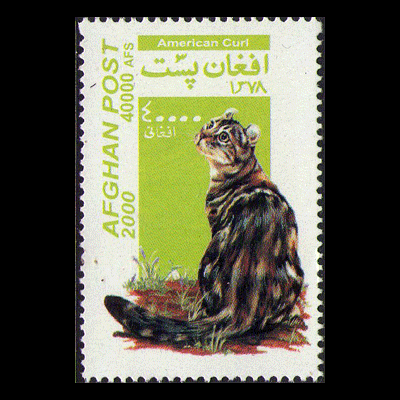
Risk factors identified for owner-reported feline obesity at around one year of age: Dry diet and indoor lifestyle.
Dry food and lack of exercise linked to obesity in cats
Source: E. Rowe, W. Browne, R. Casey, T. Gruffydd-Jones, J. Murray
Preventive Veterinary Medicine, 2015, vol 121 nos 3-4, October 2015, pp 273-281
Cats often suffer from obesity, which means they are more likely to be affected by diabetes, arthritis and other health problems, so this study investigated the factors linked to obesity in cats. The study involved 966 cats, and used information provided by owners in the Bristol Cats Study (UK), which looked at health and welfare issues in young cats at different ages, two to four months, six to seven months and 12-13 months. The owners filled in questionnaires, and measured their cats’ body condition in terms of underweight, normal or overweight/obese using a Pet Food Manufacturers’ Association system to assess their cats.
Owners reported 7% of the total of 966 cats as overweight or obese by the time they were 12 to 13 months old, though this is probably an underestimate of the real figure, given that owners often don’t see that their overweight cats have a problem. The cats reported as obese were more likely to spend all or most of their time indoors, and to be fed mainly dry food. Indoor cats may eat more due to being bored, and have less chance for exercise. Dry food is more concentrated than wet food, so owners may be more likely to feed their cats more by miscalculating portion sizes.
The study points to a need for owners to ensure that their cats get enough exercise, and that they don’t eat too much, checking this by monitoring the cats’ body condition scores.
CA,HD


